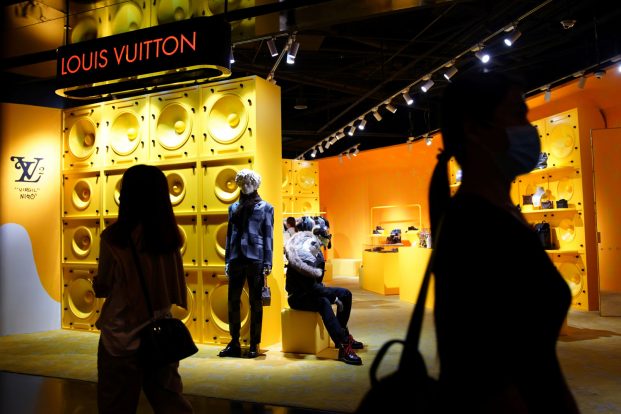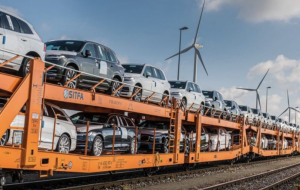(ATF) China’s economic recovery has continued to broaden in the wake of the coronavirus pandemic, new manufacturing and services activity data released on Wednesday show.
Factory activity in China picked up in March, with the key purchasing managers’ index (PMI) rising more than expected to 51.9 – from 50.6 in February – according to the National Bureau of Statistics (NBS). A reading above 50 is an expansion.
China’s production accelerated after the lunar new holiday lull over February. Major international economies recovering from coronavirus slowdowns also boosted demand.
Activity in China’s services sector expanded at a much faster pace in March, official data showed on Wednesday. The official non-manufacturing Purchasing Managers’ Index (PMI) surged to 56.3 from 51.4 in February,
“The main driver was stronger services activity as the disruption from January’s Covid-19 flare-up and resulting travel restrictions eased,” said Julian Evans-Pritchard, senior China economist at Capital Economics. “But there was also a sharp turnaround in the construction index.”
Zhao Qinghe, NBS senior statistician said companies – including small and medium-sized enterprises – have done better, although there have been some delays in imported raw materials during the pandemic, leading to higher prices and longer delivery times.
Analysts believe the bounce could be of short duration. “We doubt that such growth rates can be sustained for long, however,” Evans-Pritchard said. “As service sector activity returns to trend, the room for catch-up growth will diminish.”
SERVICES LAGGING
China’s services sector, which includes many smaller and private companies, has lagged behind the recovery in manufacturing, but consumers have begun to spend again after months of hesitation.
The official March composite PMI, which includes both manufacturing and services activity, rose to 55.3 from February’s 51.6.
Chinese factory activity normally goes dormant during the lunar new year break, but this year millions of workers stayed put due to Covid-19 fears, which led to an earlier-than-usual resumption of business at factories.
Authorities successfully curbed the domestic transmission of Covid-19 virus during the winter, leading to quarantine restrictions and testing requirements being scaled back as life once again returns to normal.
China was the only major economy to post growth last year with an expansion of 2.3%, but that still marked the weakest annual pace in more than 40 years due to the pandemic.
“Both manufacturing and non-manufacturing PMIs show a strong recovery of the Chinese economy,” said Iris Pang, chief China economist at ING.
“The main challenges remain the technology war with the US and its allies and a fragile export recovery due to Covid-19 in the Western world,” she added.
With reporting by Agence France-Presse and Reuters























